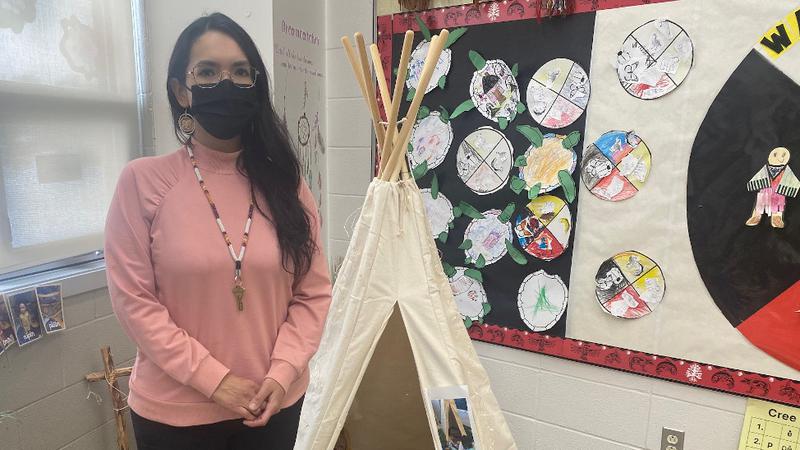
From Michif to Cree to Latin, the language of Saskatchewan continues to evolve
Hello in the Cree language is ‘Tansi’ or ‘Taanshi’ if you are Métis.
Want to learn it in Saulteaux? Go here to the University of Regina’s YouTube channel and take 30 seconds to watch the video. They also have Nakoda and Dakota examples.
With most Indigenous languages in Saskatchewan slowly fading away, learning has never been more important.
Of the over 165,000 Indigenous people in Saskatchewan, only 17 per cent can speak an Indigenous language. Language and culture (and food!) are tied together and preserving one means preserving another but, unlike cooking food which can be taught at any age, language skills are best learned at an early age.



